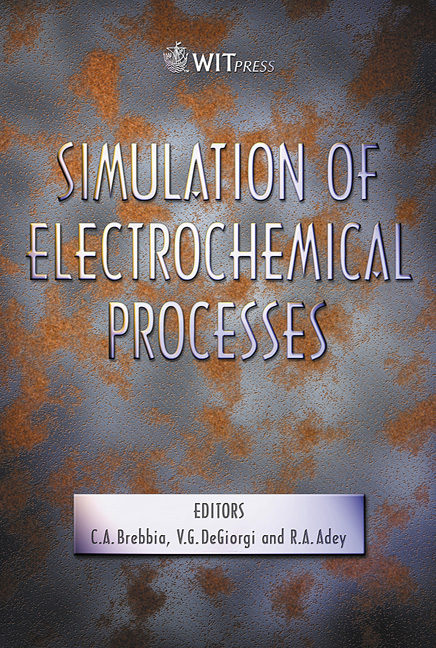Computer Simulation Of The Interference Between A Ship’s And A Dock’s Cathodic Protection Systems
Price
Free (open access)
Transaction
Volume
48
Pages
12
Published
2005
Size
1,343 kb
Paper DOI
10.2495/ECOR050011
Copyright
WIT Press
Author(s)
E. Santana-Diaz & R. Adey
Abstract
Paint and impressed current cathodic protection (ICCP) systems are used to control corrosion on many different types of structures. Since cathodic protection (CP) systems were first applied, engineers have used experience and intensive monitoring to optimise their design to prevent corrosion. Numerical methods and in particular Boundary Elements Methods (BEM) have been widely used in the cathodic protection field to simulate the performance of the CP system and to predict the associated electric and magnetic fields. Special care must be taken when a new structure is commissioned as additional stray currents could alter the performance of existing CP systems. In this work, the influence of the cathodic protection system of a ship on a dock is predicted using computer modelling. The damage that the cathodic protection system of the ship could cause to the structure is highlighted and possible mitigation measures assessed using the optimisation features of the modelling software. The data requirements and practical application of computer modelling is discussed and other possible applications highlighted. 1 Introduction Boundary Element Methods (BEM) have been used to simulate the behaviour of cathodic protection systems since the late 70’s [1]. As the name implies, the method requires elements to be created, but only on the boundary (or surfaces) of the problem geometry. The advantages of boundary elements for CP analysis are many, for instance: - The meshes are only on the surface, hence only surface elements are required. Mesh generators can be used with confidence, and models can be constructed extremely quickly and inexpensively.
Keywords





